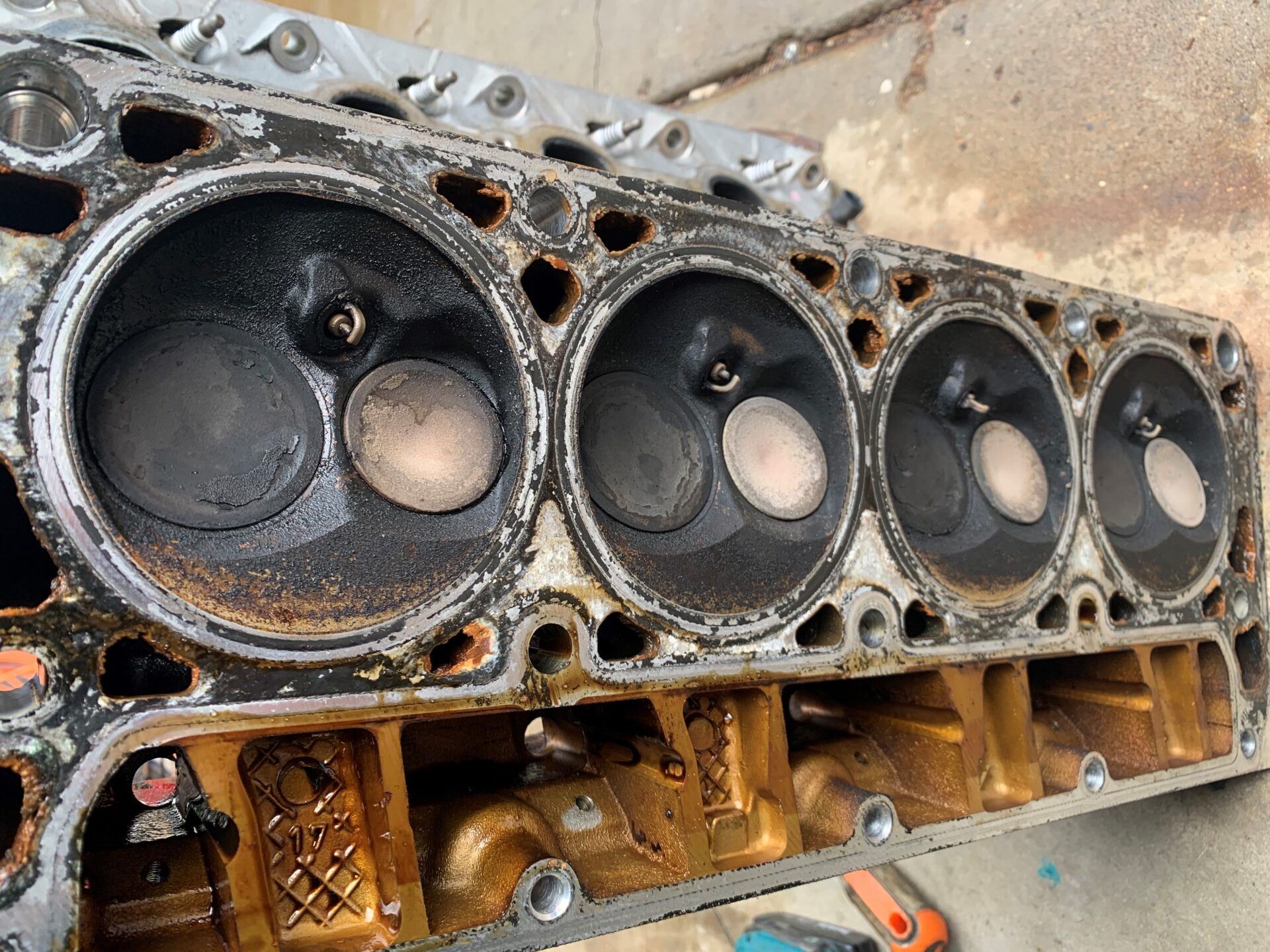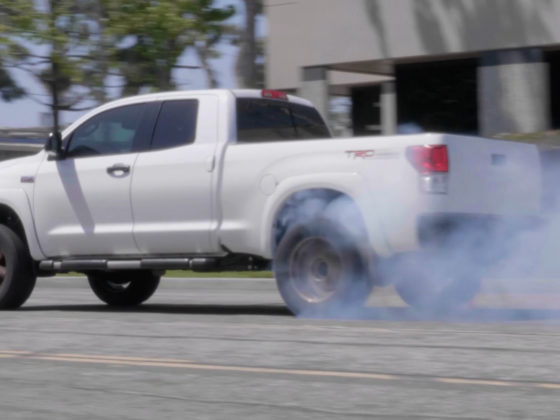



Going farther into the engine revealed the next Gen III small block toublespot that hadn’t yet bitten this motor, but was very close to causing major problems. The Gen III small block has one major design change from previous generation engines: lifters. Not so much the lifters themselves, and not so much their location (it’s cam-in-block engine after all), but how they’re accessed. All of that extra strength and cylinder head flow meant a compromise had to be made somewhere, and GM’s compromise was the heads have to be removed to access the lifters. While this isn’t a terrible compromise, it does mean that lifter problems are largely ignored, and GM (probably to save a couple of bucks and some valvetrain mass) used plastic trays to locate the lifters in their bores. When pulling my lifter trays, only one lifter came out with it. This means the plastic trays had heat cycled enough that they no longer had a tight fit on the lifters. Since the lifter is the direct interface between the cam and the pushrod, and the lifter features a unidirectional roller wheel, lifter orientation is all the difference between a smoothly running sewing machine and a ticking time bomb since the lifter no longer acts as an interface, but as a nice tool with which you can lathe your cam lobes into a non-existence. Bonus: the oil pan acts as a nice chip tray and you eventually contaminate the entire engine with iron chips. This is one of the drawbacks to a pushrod engine when compared to an overhead cam counterpart. On an OHC engine, the lifter is on the opposite side of the rocker arm from the valve, and the rocker acts directly on the cam. There are lots of things to go wrong if you lose a rocker (ask SR20 owners…), the problem can’t be ignored, and damage is usually limited to one head. Unfortunately, a rotated lifter on an LS is something that can be ignored until the entire engine melts down. The fact that they’re made of plastic means this is an eventuality. Long story short: any time the engine is out, or the heads come off, replace those pieces of shit. No arguing. Plastic. Plaaaaaaaaastic. Just do it. Luckily, none of the lifters hard started to rotate and the cam was in perfect shape.

Yes. I can replace them with aftermarket lifters that are locked together with good old fashioned metal. Since this isn’t meant to be some fire-breathing dragon – this engine will rarely see above 5,000rpm and I’m gonna put maybe 7,000 miles a year on it – I’m using OEM lifters. Leave me be.




4 comments
Legality is so overrated.
Pretty much. From James Madison:
The internal effects of a mutable policy are still more calamitous. It poisons the blessings of liberty itself. It will be of little avail to the people, that the laws are made by men of their own choice, if the laws be so voluminous that they cannot be read, or so incoherent that they cannot be understood: if they be repealed or revised before they are promulgated, or undergo such incessant changes, that no man who knows what the law is to-day, can guess what it will be to-morrow.
Very entertaining read. Looking forward to the next update!
Very interested in the project. Hoping to do the same thing in my 2000 Discovery some time over the next year or 2. Fortunately, I don’t have any emissions requirements.